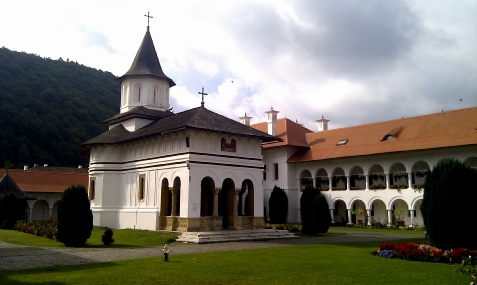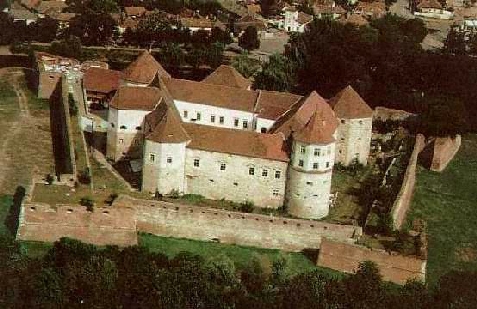

Landmarks and attractions in the area:
Constantin Brancoveanu Monastery - Saturday - 600 m
The spring of Father Arsenie Boca - 1000 m
Ski slopes and sledge - 1000 m
Aventura Park (Trekking through trees for children and adults, Tyrol, climbing panels, archery and rifle shooting, paintball, mini-golf) 1200 m
Sambetei Valley Chalet - 7 km car access +1 hour easy mountain trail
Chalet of Father Arsenie Boca - 15 min. From the Sambetei Valley Chalet
Moldoveanu Peak (2544 m) - 6 km car access +8 hours mountain trail
Lower Sabbath Herghelia - 14 km.
The Sambata de Sus Monastery is represented by a monastic settlement of monks, located on the Sambata River valley, at the foot of the Fagaras Mountains. It was documented in 1654, when the village of Sambata de Sus came into the possession of Preda Brancoveanu.
Initially, there was a wooden church with double play (Assumption of Virgin Mary and the Spring of Tamaduirii), built in 1657. Later, between 1696-1707, at the initiative of Prince Constantin Brancoveanu, there was built a church built for monks and monks in the area.
The fortress of Fagaras was first documented in 1455, although the construction works started at the end of the 14th century, on the site of a fortification from the XII-XIII century.
Representation of the Renaissance style, the citadel is based on the Transylvanian Gothic stamp.
Beginning with 1526 it was led by Transylvania voivode, Stefan Mailath, for 15 years. In 1599 he came into possession of the prince Mihai Viteazu, who housed here with his family, during the battles of 1599-1600. The fortress was also used as a residence for Transylvanian principles, here the Transylvanian Diet.
In time, it was degraded, being used as a penitentiary (1948-1960), where political prisoners were incarcerated.
After 1965, within the fortress began the works of a museum, opened today.
(Translated with Google Translate)
Services
- Nature Reserves
- Churches and monasteries
- Hiking
- Mountain bike

